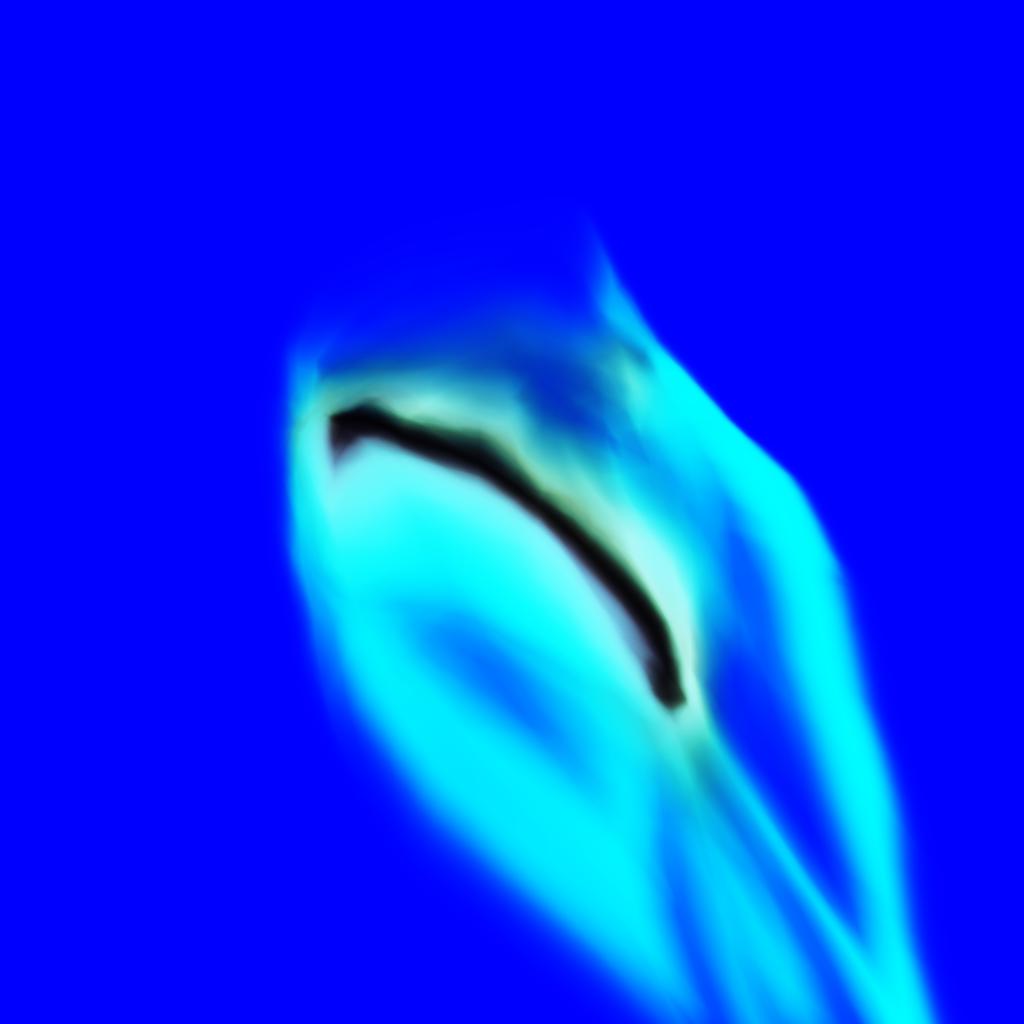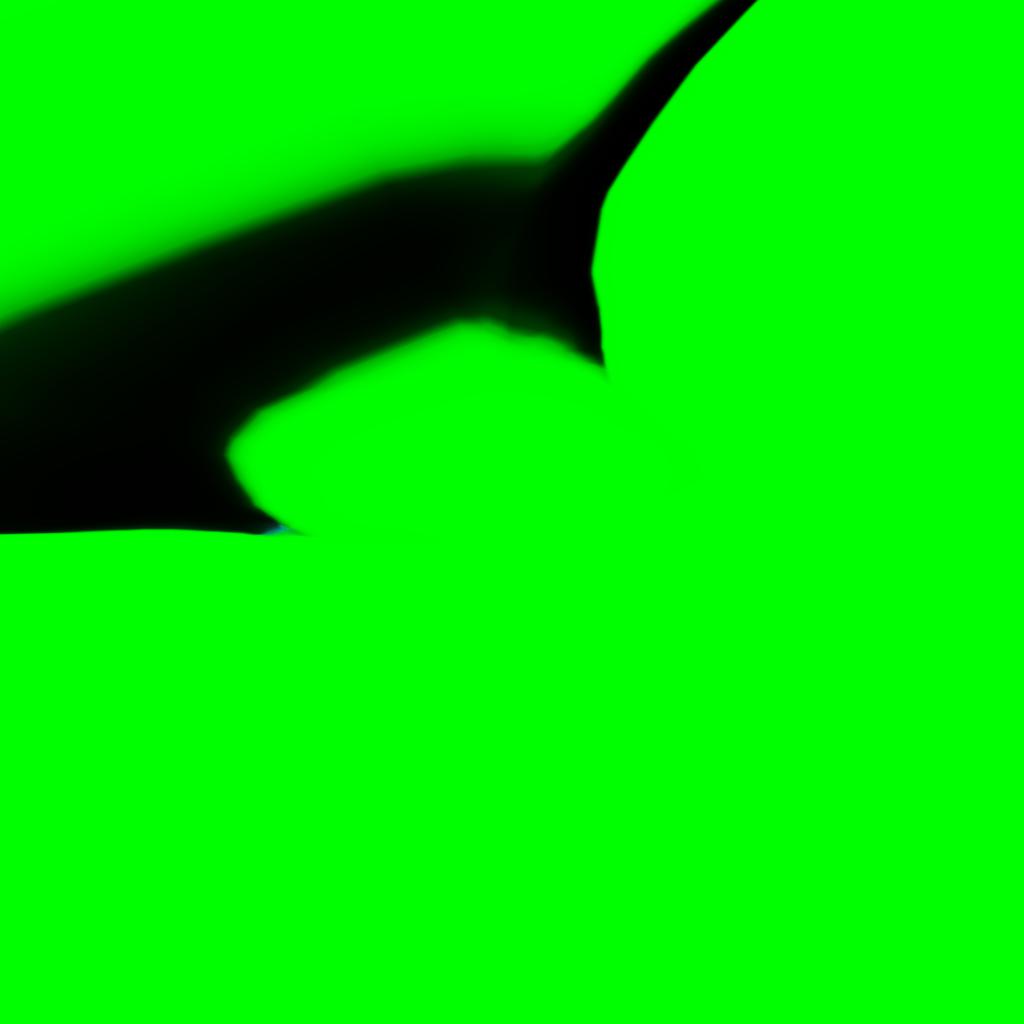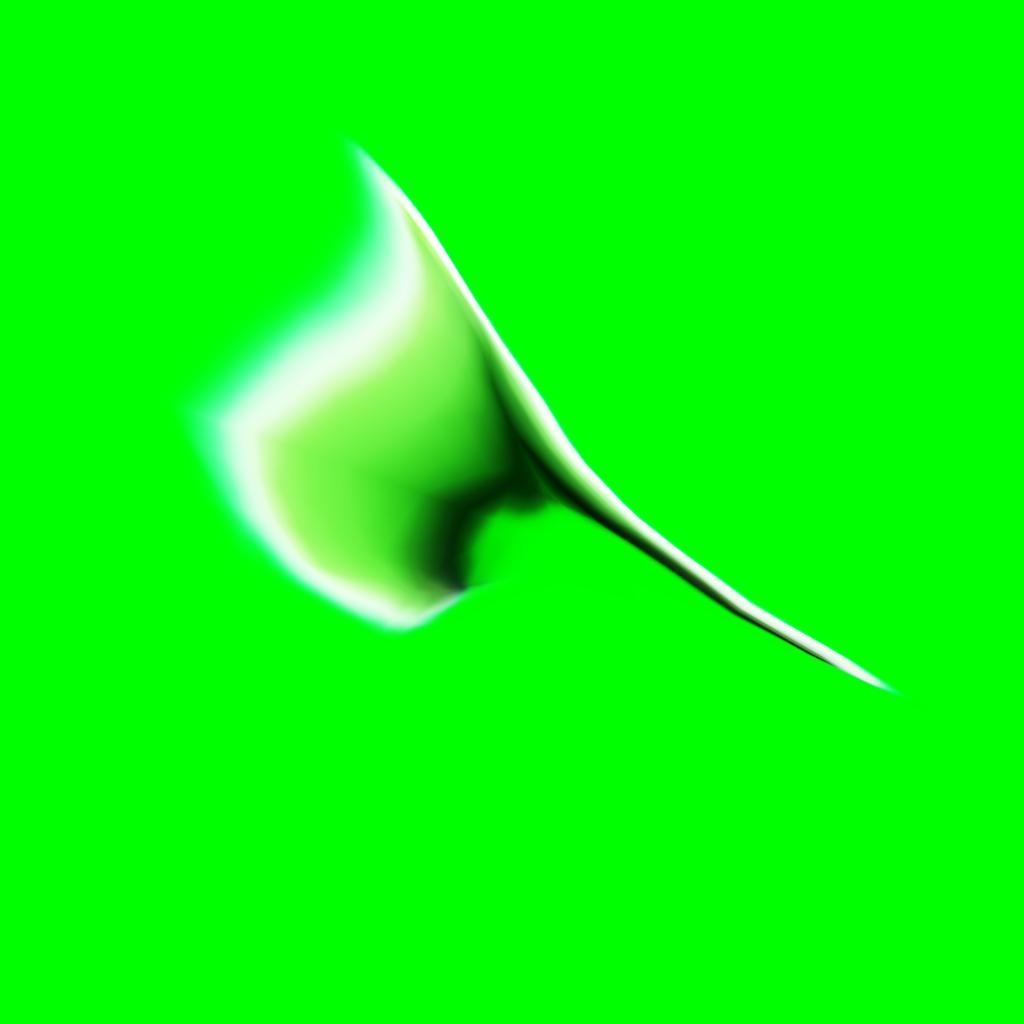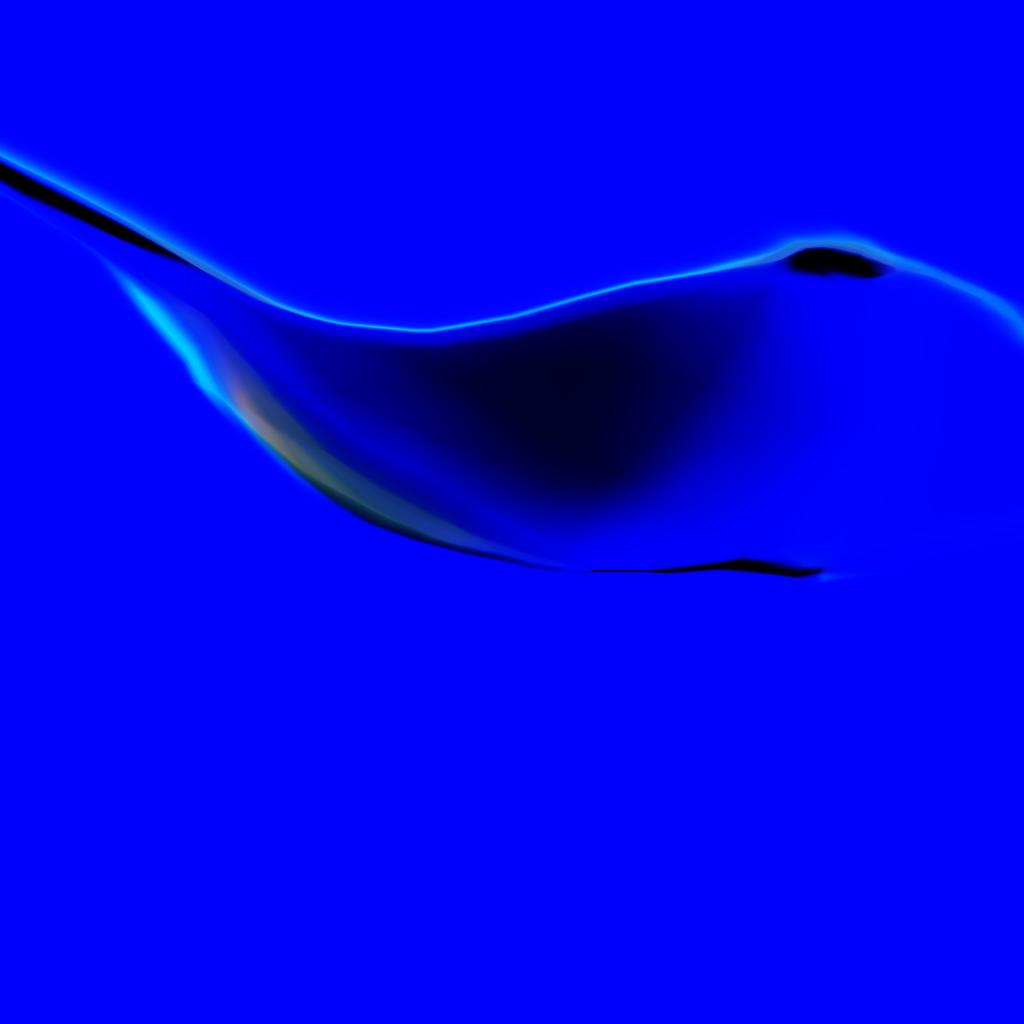Similar to project01, a Compositional Pattern Producing Network (CPPN) is connected to a trained image classifier and the weights of the CPPN are optimized to maximize the activation of a specific neuron in the classifier.
However, in this case we also alternatingly maximize the activation of a lower level neuron (specifically 'resnet_v1_50/block1/unit_3/bottleneck_v1/Relu'), which can be seen as a complexity constraint.

TENCH
ResNet50: 87.6% tench

GOLDFISH
ResNet50: 97.1% goldfish

TIGER SHARK
ResNet50: 93.6% tiger shark

HAMMERHEAD SHARK
ResNet50: 99.4% hammerhead shark

ELECTRIC RAY
ResNet50: 90.2% electric ray

STINGRAY
ResNet50: 97.7% stingray
The bold colors and abstractions in the works presented in this project bring to mind Color Field styles such as De Stijl (Neoplasticism) and Suprematism. Yet, the pieces here lack the strong geometry and order present in De Stijl and Suprematist paintings. Perhaps ironic, given the inorganic and mathematical origins of the images.
Previous abstract art movements focused on non-representational works detached from reality. Abstract works place heavy emphasis on visual forms (shape, color) or emotional expression. In contrast, the works here are heavily representational albeit in a non-human sense.
Each image is a meaningful depiction of its subject, as seen by other algorithms.
At the same time, humans get a peek into how these algorithms see the world - 'goldfish' recognized by a dab of red-orange in cyan, 'stingray' recognized by an undulating streak in deep blue.
Despite the randomness and the algorithmic process, there is an otherworldly beauty in the images.